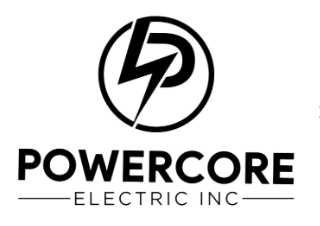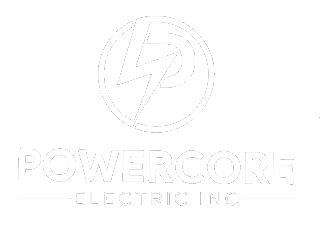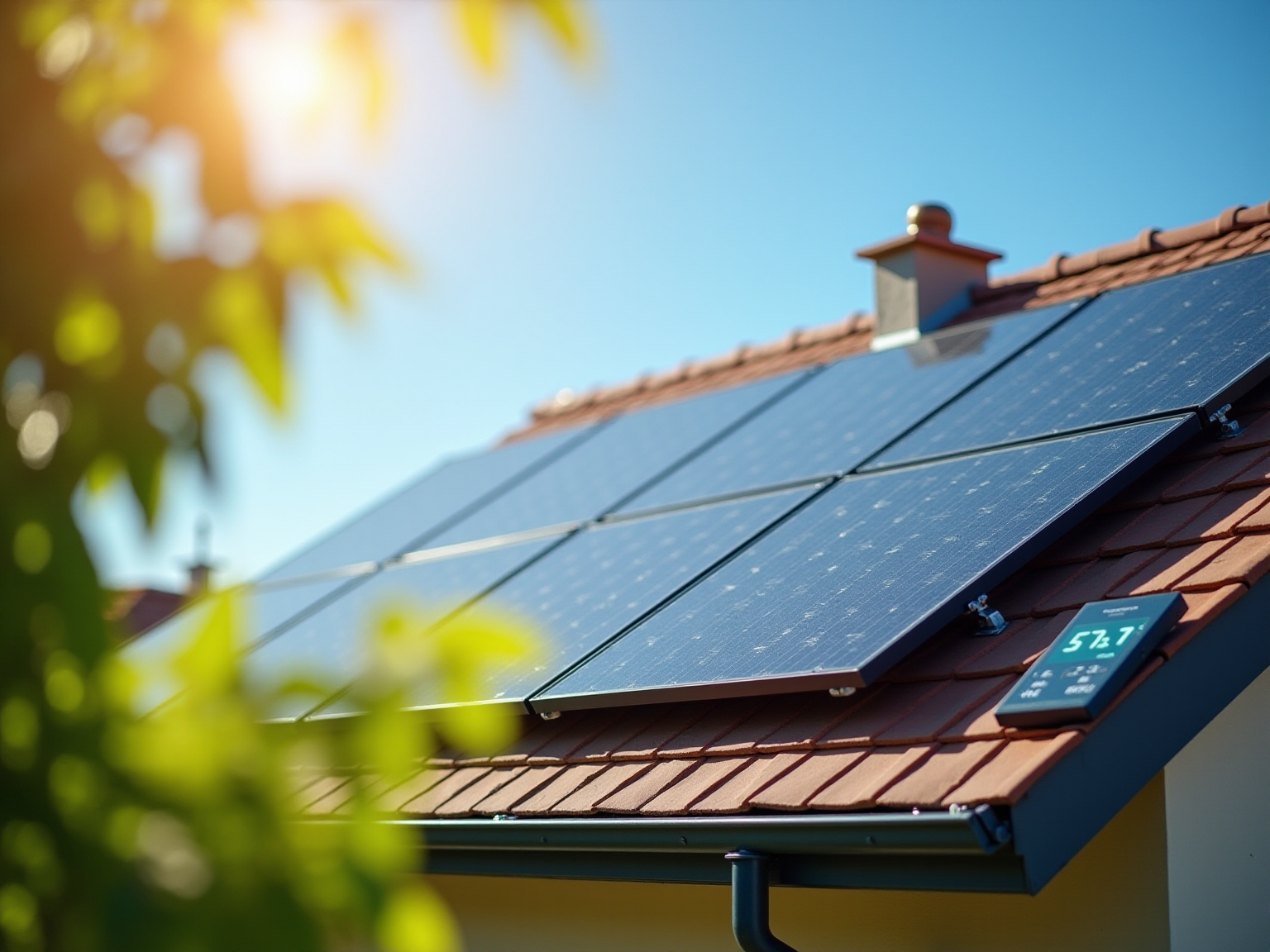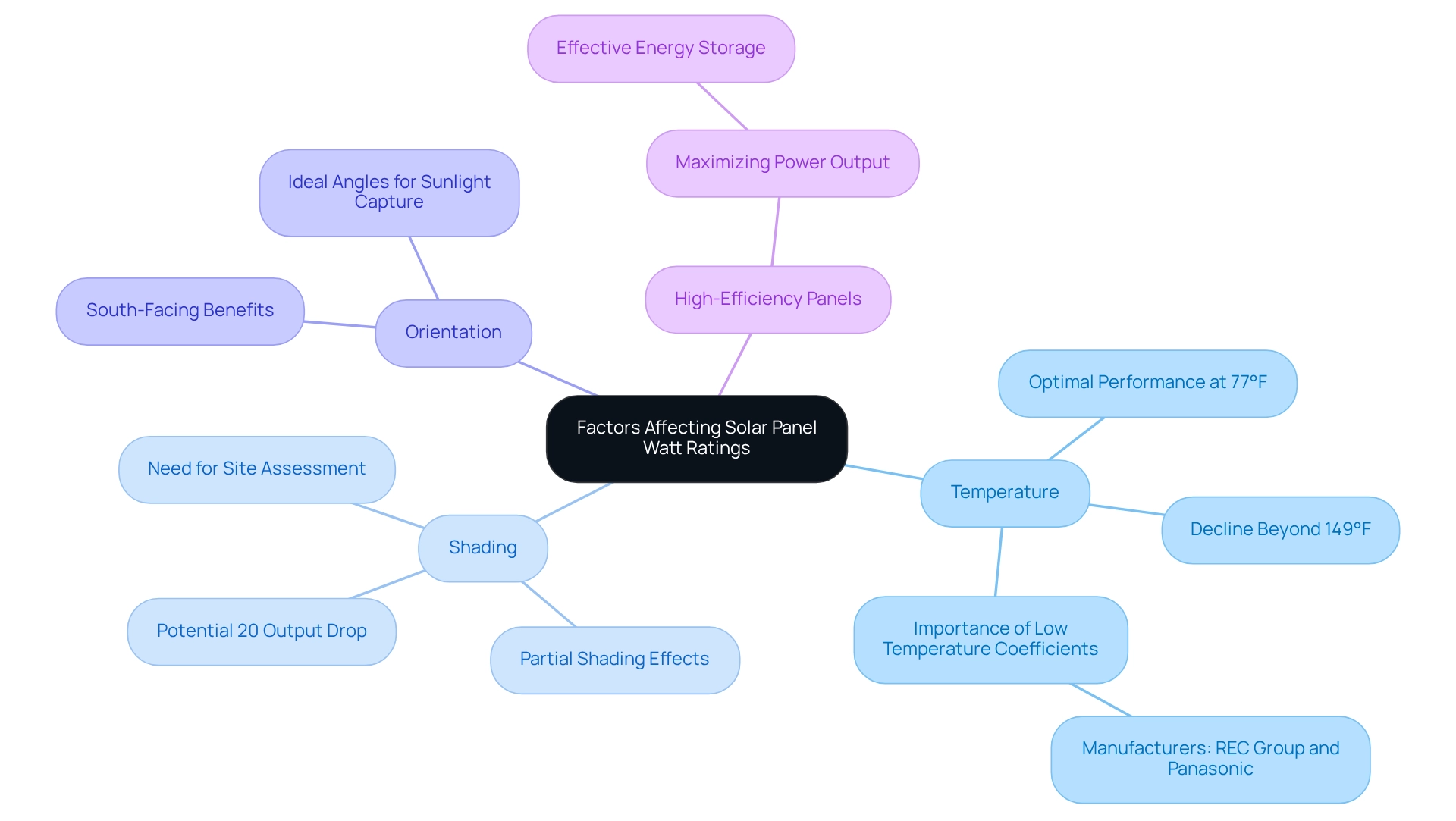Overview
Understanding solar panel watt ratings is crucial for eco-conscious homeowners who are concerned about rising energy bills. It’s common to feel overwhelmed by the choices available, but knowing how these ratings impact energy production and efficiency can empower you. A higher watt rating typically means greater energy output, which can lead to significant cost savings over time.
Moreover, various factors such as temperature, shading, and panel orientation play a role in solar panel performance. By considering these elements, you can make informed decisions about your solar energy system that align with your values and needs. Together, we can explore how to optimize your energy independence and create a sustainable future.
As you reflect on your energy habits, remember that you are not alone in this journey. Many homeowners share your concerns, and there are supportive resources available to guide you. Let’s work towards a solution that not only meets your energy needs but also contributes to a cleaner environment. If you’re ready to take the next step towards harnessing solar energy, reach out to us for personalized assistance and guidance.
Introduction
As homeowners, we often find ourselves grappling with the rising costs of energy bills, and it’s completely understandable to seek solutions that not only alleviate these concerns but also contribute to a sustainable future. As the world increasingly turns to renewable energy sources, understanding the intricacies of solar technology becomes paramount. Central to this understanding is the solar panel watt rating—a key metric that dictates the potential electricity generation of solar panels under ideal conditions. With advancements in technology leading to higher watt ratings, homeowners can significantly enhance their energy efficiency and enjoy substantial cost savings.
However, we understand that navigating the complexities of watt ratings, along with the various factors influencing their performance, can feel daunting. It’s common to feel overwhelmed by the information available. This article delves into the importance of watt ratings, the critical considerations for solar panel installations, and the real-world implications for homeowners eager to embrace sustainable energy solutions. By shedding light on these essential aspects, we aim to empower you to make informed decisions in your pursuit of solar energy. Together, we can work towards a more energy-independent future.
Define Solar Panel Watt Rating
Understanding the solar panel watt rating of solar modules is essential for homeowners who are concerned about their energy bills. The wattage, known as the solar panel watt rating, indicates the maximum electricity a solar unit can produce under optimal conditions, represented in watts (W). This evaluation is established through standardized testing, where modules are exposed to specific conditions, such as a temperature of 25°C and an irradiance of 1000 watts per square meter. For example, a module rated at 300 watts can generate 300 watts of power when basked in optimal sunlight. This knowledge directly influences the energy output and efficiency of your energy systems, allowing you to make informed decisions.
We recognize that real-world factors, like sunlight availability, module angle, and temperature, significantly impact the actual output of photovoltaic systems. Take Cornwall, for instance; despite its sunny climate, the typically lower temperatures enhance energy collector effectiveness. This illustrates how optimal conditions can vary by location. It’s common to feel uncertain about how local weather trends affect energy systems, particularly for residents in Stockton, California. Understanding these nuances is crucial for assessing your system’s effectiveness.
Current criteria for evaluating photovoltaic module performance emphasize the significance of the solar panel watt rating in determining system efficiency. As of 2025, of photovoltaic systems in California has increased, reflecting advancements in technology and efficiency. Notably, photovoltaic power could account for up to 20% of the UK’s total electricity production by 2030, underscoring the growing significance of this technology worldwide. According to Beth Howell, Content Manager, “Although it’s quite challenging to determine the precise quantity of photovoltaic devices in the UK, the most recent MCS data indicates there have been just under 1.5 million installations conducted throughout the UK.” By comprehending these evaluations, you can make knowledgeable choices regarding your energy systems, enhancing both energy output and potential financial savings.
Additionally, the case analysis titled ‘Maximizing Energy Output’ illustrates how real-world factors influence energy device performance, reinforcing the connection between theoretical watt specifications and practical applications for homeowners. This case study highlights that units with a higher solar panel watt rating often perform more effectively in suboptimal conditions, providing valuable insights for environmentally conscious homeowners evaluating their options. Together, we can navigate these choices to enhance your energy independence and contribute to a sustainable future.
Contextualize Watt Ratings in Solar Energy Systems
Understanding the solar panel watt rating specifications is essential for homeowners navigating photovoltaic systems, as these directly influence the number of modules required to meet their energy needs. For example, if your home requires 6000 watts of power, you would need at least 20 panels, each with of 300 watts. This calculation underscores the importance of selecting the right solar panel watt rating to enhance both production and efficiency.
Moreover, the solar panel watt rating plays a significant role in determining the cost-effectiveness of photovoltaic installations. Panels with a higher solar panel watt rating can generate more power within a smaller space, potentially leading to lower installation costs. This efficiency is particularly beneficial for homeowners looking to maximize their investment in solar technology. For instance, with a monthly electricity consumption of 500 kWh, the overall system cost after tax credits is approximately $22,611, providing a clearer financial perspective for those considering solar energy.
In California, where the average household consumes around 500 kWh each month, understanding these dynamics is crucial for making informed decisions about renewable energy. We encourage homeowners to consult with expert installation professionals who can accurately assess their specific power needs and potential savings. As Coleman notes, “This historical net metering initiative introduces new factors for how many modules and what size setup you should contemplate, and how storage plays a role,” highlighting the evolving nature of renewable energy systems.
Factors such as roof orientation, shading, and local climate are also vital in determining the optimal configuration of photovoltaic systems. Typically, these installations occupy about 20% of a residential roof area, making it important for homeowners to understand the spatial implications of their solar systems. By considering these factors, you can enhance your photovoltaic system for optimal power generation. A case study on installation considerations illustrates how strategic planning around these elements can lead to significant improvements in power efficiency and overall system performance.
Ultimately, the relationship between is a critical consideration for homeowners seeking sustainable energy solutions while effectively managing their electricity expenses. Together, we can explore how solar energy can transform your home into a more energy-efficient and cost-effective space.
Explain the Importance of Watt Ratings for Homeowners
Watt specifications are essential for homeowners, especially those who are environmentally conscious and eager to explore renewable energy options. The solar panel watt rating plays a significant role in determining the efficiency and performance of solar power systems. Panels with a higher solar panel watt rating, such as the 400-watt models, can generate considerably more electricity than their lower-rated counterparts, like 250-watt panels, under similar installation conditions. This increased power production leads to greater savings on monthly utility bills, making it a vital consideration for renters in Long Beach searching for eco-friendly power solutions.
We understand that navigating energy costs can be daunting. Comprehending the solar panel watt rating empowers homeowners to assess the long-term benefits of their energy investments. For instance, research indicates that properties equipped with solar panels that have a high solar panel watt rating not only enjoy reduced utility expenses but also experience an increase in property value. Homeowners who choose higher watt-rated systems can look forward to enhanced energy independence, reducing reliance on grid power while shielding themselves from rising electricity costs.
Expert insights further underscore the importance of the solar panel watt rating in maximizing investment returns. Financial analysts note that homeowners opting for systems with a higher solar panel watt rating often witness a quicker return on investment due to the substantial savings they provide. As sunlight power is projected to account for up to 20% of the UK’s overall electricity production by 2030, understanding these evaluations becomes increasingly crucial for making informed decisions about photovoltaic acquisitions and setups.
It’s heartening to see a recent survey revealing that 85% of participants are aware of photovoltaic systems, highlighting the growing public interest in renewable sources. Additionally, the case study titled “Challenges of Third-Party Ownership” illustrates the advantages of owning energy systems outright, emphasizing how higher watt-rated units can positively impact property value. As the renewable resource sector evolves, insights from specialists stress the global significance of investing in effective solar solutions, particularly for homeowners eager to incorporate sustainable practices into their lives.
To simplify your decision-making process, it’s vital to consider the government programs and incentives available for renewable energy installations. These initiatives can significantly lower upfront costs and enhance the overall value proposition of investing in systems that have a higher solar panel watt rating. Moreover, comparing various energy service providers can help homeowners identify the best options that align with their energy needs and financial goals, ensuring they make the most informed choices in their pursuit of .
Identify Factors Affecting Solar Panel Watt Ratings
We understand that managing energy bills can be a significant concern for homeowners. Numerous factors can greatly affect the solar panel watt rating, including temperature, shading, and orientation. Solar modules typically function best at lower temperatures, with peak performance occurring up to 77°F. Beyond this threshold, efficiency can decline sharply, with surface temperatures potentially reaching 149°F. Some experimental hybrid systems have shown overall efficiency improvements of up to 10%, highlighting the importance of temperature management. This temperature sensitivity underscores the significance of choosing modules with low temperature coefficients, such as those made by companies like REC Group and Panasonic, which excel in sustaining performance in hotter climates.
Shading from trees, buildings, or other obstacles can significantly diminish the sunlight hitting the modules, resulting in a marked decline in power output. For instance, can lead to a significant drop in performance, emphasizing the need for careful site assessment during installation. Did you know that shading can lower power output by as much as 20% or more, depending on the degree of the obstruction?
Moreover, the angle and direction of the panels are essential for optimizing sunlight capture. Panels facing south at an ideal angle can capture more sunlight during the day, boosting overall power generation. As you plan your power systems, consider these elements to ensure you attain the desired output based on the solar panel watt rating and enhance efficiency. Furthermore, selecting high-efficiency panels and compatible solar batteries is essential for effective energy storage and management, allowing eco-conscious homeowners like you to reduce utility costs and enhance energy independence. Together, we can work towards a more sustainable future.
Conclusion
Understanding solar panel watt ratings is crucial for homeowners who wish to effectively harness renewable energy. These ratings not only indicate the maximum electricity generation potential of solar panels but also play a vital role in determining the overall efficiency and cost-effectiveness of solar energy systems. By grasping the significance of watt ratings, homeowners can make informed decisions that greatly enhance their energy production and lead to substantial savings on utility bills.
We understand that several factors influence the actual performance of solar panels, including temperature, shading, and panel orientation. Acknowledging these variables allows homeowners to optimize their solar installations, ensuring they achieve the highest possible wattage output. Moreover, higher watt-rated panels can provide a quicker return on investment, as they generate more electricity in a smaller footprint—particularly advantageous for those with limited roof space.
As the demand for sustainable energy solutions continues to rise, it becomes increasingly vital to understand the intricacies of solar technology. Homeowners are encouraged to explore government incentives and consult with solar professionals to tailor their systems to their specific energy needs. By embracing solar energy, individuals not only contribute to a greener future but also secure their energy independence, protecting themselves from fluctuating electricity prices. In this pursuit of sustainability, knowledge of watt ratings serves as a powerful tool for making impactful decisions in the transition to solar power.
Together, we can navigate this journey towards a more sustainable lifestyle. Let’s work towards harnessing the power of the sun to create a brighter, more energy-independent future for you and your family.




